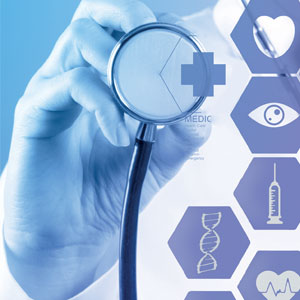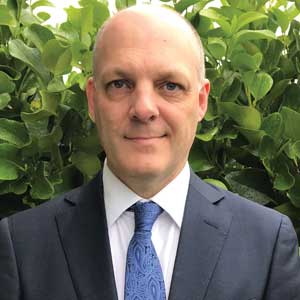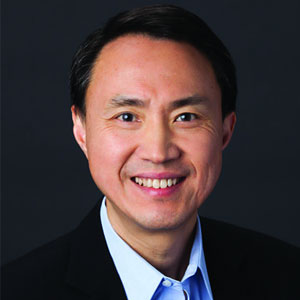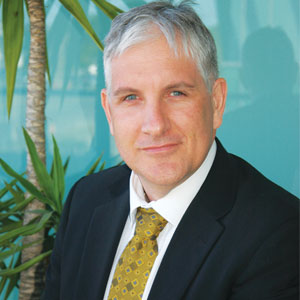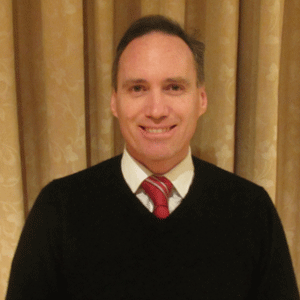THANK YOU FOR SUBSCRIBING

Digital Imaging and Teledermatology
Jonny Levy, Medical Director, Healius | Friday, December 10, 2021

The field of skin cancer medicine moved into the digital age early on.
Given the widely accepted slowness of the medical industry to change in general, this embedding of technology was speedy and highly useful for both clinicians and patients.
The technology in question was digital photography and-very simply-it allowed clinicians to photograph skin lesions of concern and then re-image them after a period of time to assess for change, a critical element in making some diagnoses of skin cancer.
This was enhanced by the concurrent use of dermoscopy (an old, optical technology) that allows a view beneath the surface of the skin so that one can assess change actually within a skin lesion.
The next step, logically, was to create a “hive” of brains and eyes that could provide opinions on the image of a skin lesion and, thus, the concept of ‘teledermatology’ was born.
The second aspect of teledermatology was a strong leaning towards allowing patients to self-submit images for doctors to assess remotely. Even before COVID, this was happening on a small-scale.
Clearly, the above is a swift, potted history of skin cancer diagnosis in the digital era, but it gives you background to the work that goes on within the skin cancer clinics of which I am the medical director.
We routinely photograph skin lesions of concern for a number of reasons and store them on a secure server. Primary amongst these reasons is the ability to compare digital photographs of lesions with later images to assess for change but images also serve as a medicolegal record of the site and appearance of lesions before surgery.
The platform that we use is DermEngine, created by MetaOptima which has been an excellent partner to me over the past five years and across two different companies. Their footprint has grown in Australia, based on the quality of the software product and employees as well as their responsiveness and commitment to developing their platform.
Our journey in Skin-the clinic chain of which I am part-over the past three years has now expanded to 38 clinics and 56 doctors. All have access to this imaging technology and it is regularly used.
Of particular benefit has been the ability to network our doctors together so that second opinions may be offered on lesions in real-time.
Additional benefits of this networking are the ability to use dermoscopy lesions for teaching one’s peers and—in these isolated, COVID times—to create something of a “community” feeling to doctors who are working alone and across a large continent, such as Australia.
At the heart of it all, of course, is patient outcome and the statistics from Australia are very clear that, despite our large burden of skin cancer (two out of every three 70-year-olds will develop a skin cancer in Australia) our mortality rate is low.
There are a number of reasons for this but foremost amongst them is the mobilization of General Practice in the diagnosis and management of skin cancer. Skin cancer education and experience are deeply embedded in Australia’s primary care arena and—as with so many other indices of public health—the use of the General Practice workforce is a game changer in morbidity and mortality outcomes.
Within this, there has been particular benefit from the speedy and deep integration of digital technology into skin cancer diagnosis and perhaps this is seen, somewhat, as a template for other areas of Medicine to base their future digital plans upon.




